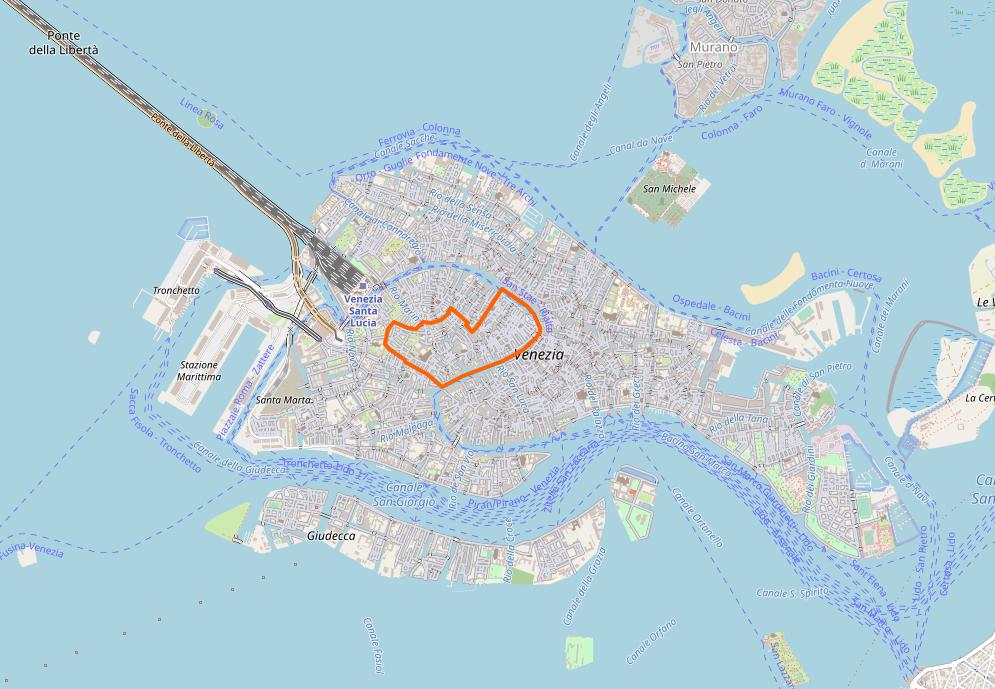La Serenissima
La Serenissima — the utmost serene — is one of the many nicknames for Venice, and especially the Venetian Republic which existed from the late 600s until 1797.
-
Chronology of major Venetian state institutions
The Venetian state was always an ad hoc construct, and institutions came and went at the convenience of the ruling elite.
-
Superintendents for the avoidance of superfluous expenses
The Republic of Venice had a magistracy of “Superintendents and regulators for the avoidance and regulation of superfluous expenses.”
-
Venetian Patent law — 1474
The first patent law ever was Venetian, issued by the Pregadi (Senate) on March 19th, 1474.
-
State institutions of the Republic of Venice
The Republic of Venice changed continuously as conditions inside and outside of it changed, until it gradually found its final form in the 1300s and 1400s.
-
Sestiere San Marco
The Sestiere San Marco is the central part of the city, bounded by the Grand Canal on three sides and a line from the Rialto to the Doge’s Palace on the last. It is one of the smallest of the sestieri, but probably the most important. The vicinity to the economic centre at Rialto and…
-
Sestiere San Polo
The Sestiere San Polo is in central Venice, around the upper bend and central part of the Grand Canal.
-
Sestiere Santa Croce
The Sestiere Santa Croce is in the central western part of Venice, along the upper bend of the Grand Canal. Today, the Tronchetto, the cruiser terminals and the Maritime station are parts of Santa Croce. They are, however, modern constructions reclaimed from the lagoon. The name Santa Croce The name means the Holy Cross, and…
-
Sestiere Cannaregio
The Sestiere Cannaregio is the second largest of the six, extending from the railroad station to the Rialto. It covers almost half of the northern part of Venice.










